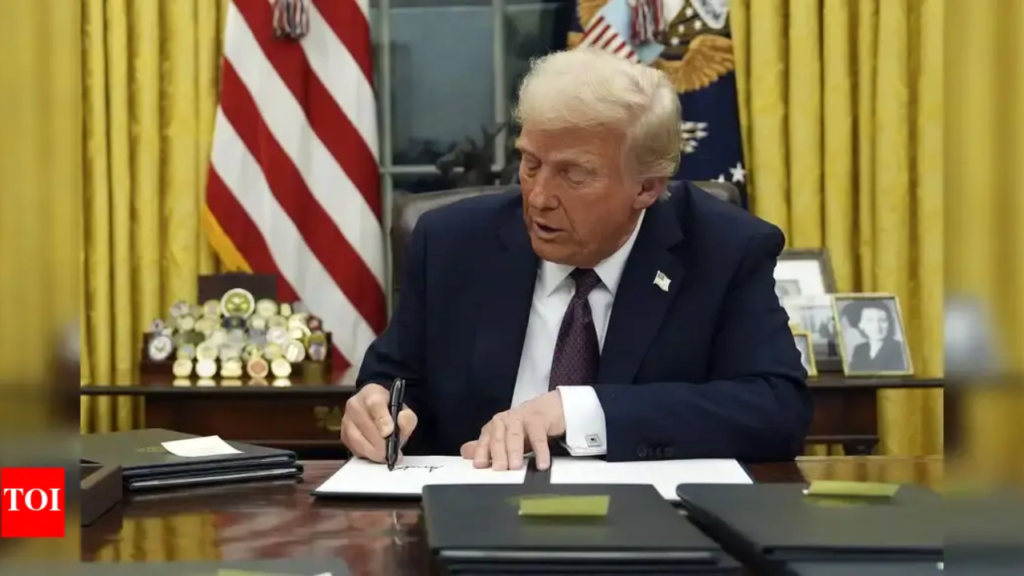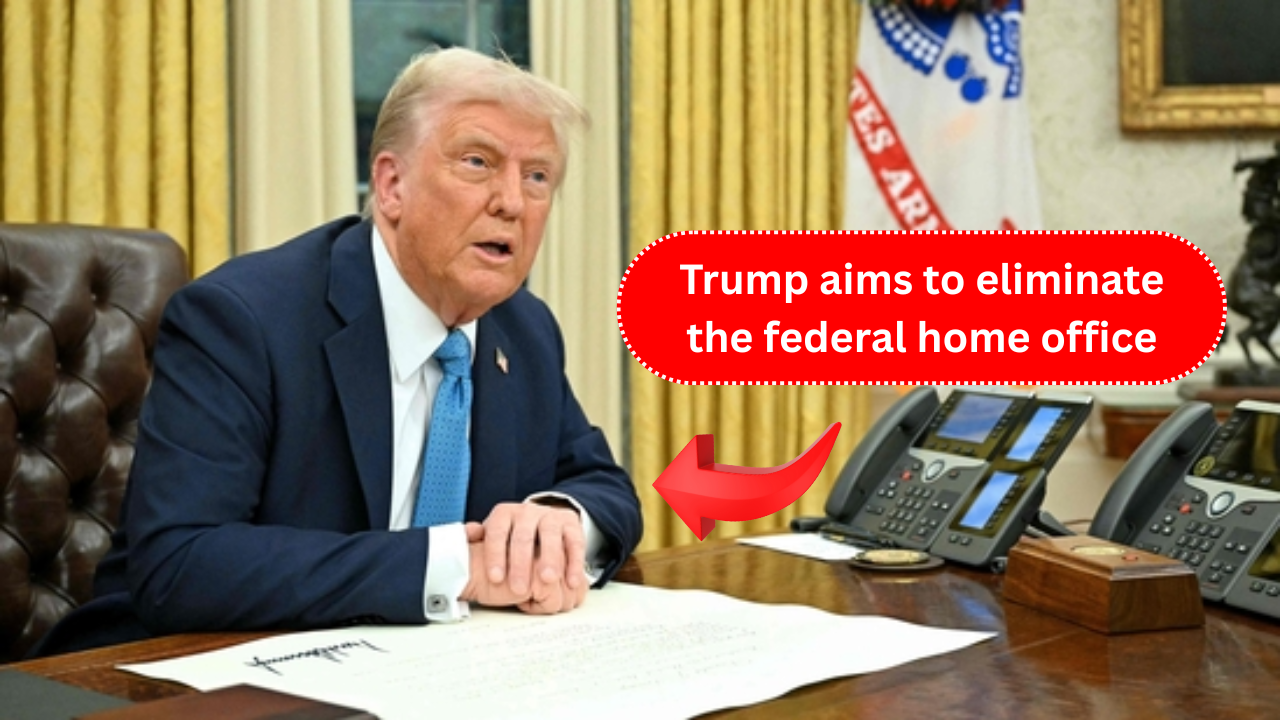In a bold move aimed at reshaping the federal workforce, President Donald Trump signed an executive order in January 2025 that mandates federal employees return to in-person work. The order seeks to end the remote work policies that became prevalent during the COVID-19 pandemic, calling for a complete transition back to traditional office settings.
A Shift Back to In-Person Work
The executive order signed by President Trump on his first day back in office directs all federal agencies to terminate telework arrangements and require employees to return to their offices full-time. The order specifies that exceptions will be rare and only granted under specific circumstances.
The decision reflects Trump’s belief that remote work has hindered efficiency within the federal government. He has argued that a return to in-person work will improve the effectiveness of government operations and ensure that employees are more accountable and productive.
Broader Workforce Restructuring
This initiative is part of a larger strategy to restructure the federal workforce. Alongside the return-to-office mandate, the administration has rolled out policies to reduce the size of the federal workforce. This includes a hiring freeze, the reclassification of many civil service positions to at-will status, and the dismissal of thousands of federal employees.
By late February 2025, over 30,000 federal workers had been fired, as the administration focused on cutting government spending and improving efficiency. Additionally, agencies have been instructed to monitor office occupancy rates and identify underused office spaces for potential closure.
Legal Challenges and Opposition
The president’s executive order has sparked significant legal opposition. San Francisco and Santa Clara County, along with other entities, have filed lawsuits challenging the policy, arguing that the president’s actions overstep his constitutional authority. They contend that major changes to federal employment policies, particularly involving mass terminations, require congressional approval.
The legal challenges have garnered attention, with the U.S. Supreme Court recently allowing the administration to continue firing probationary federal workers while litigation continues. This decision has given the administration a temporary win, but the ongoing legal battles will likely influence the future of the policy.

Reactions from Federal Workers and Unions
The return-to-office mandate has drawn mixed reactions from federal employees and labor unions. Many federal workers, especially those with caregiving responsibilities or long commutes, have expressed concerns about the logistical challenges of returning to in-person work.
Unions representing federal employees, such as the American Federation of Government Employees (AFGE), have voiced opposition to the policy. They argue that remote work has allowed workers to better balance their personal and professional lives and that eliminating this flexibility could lead to decreased morale and productivity.
For more on union reactions, see AFGE’s statement on the issue.
Conclusion
President Trump’s executive order to end federal remote work marks a significant shift in how the federal government operates. While the policy aims to improve efficiency and reduce costs, it has ignited a firestorm of legal and public debate. The next few months will likely see continued legal challenges and further discussions about the future of remote work in the federal sector.

Pankaj Kumar is a skilled content writer at OTE News, focusing on breaking news, technology, and socio-political developments. With a background in Mass Communication, he brings a balanced perspective to his articles, ensuring clarity and reliability. Pankaj has a knack for simplifying complex topics for readers.
In his free time, he enjoys photography, traveling, and experimenting with new cuisines. His curiosity and dedication to truthful reporting make him a valuable contributor to OTE News.




